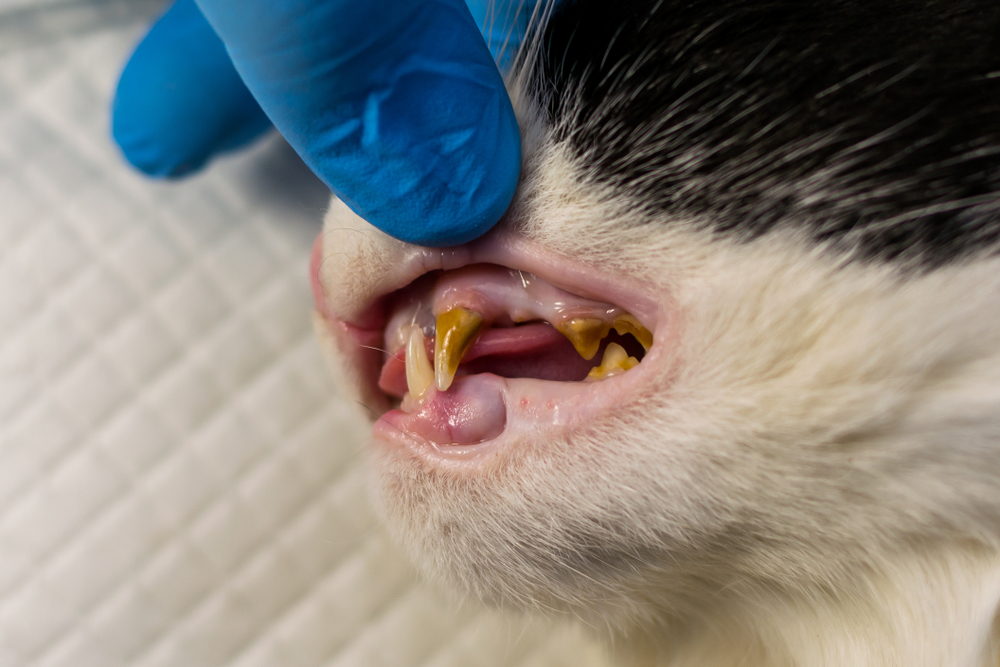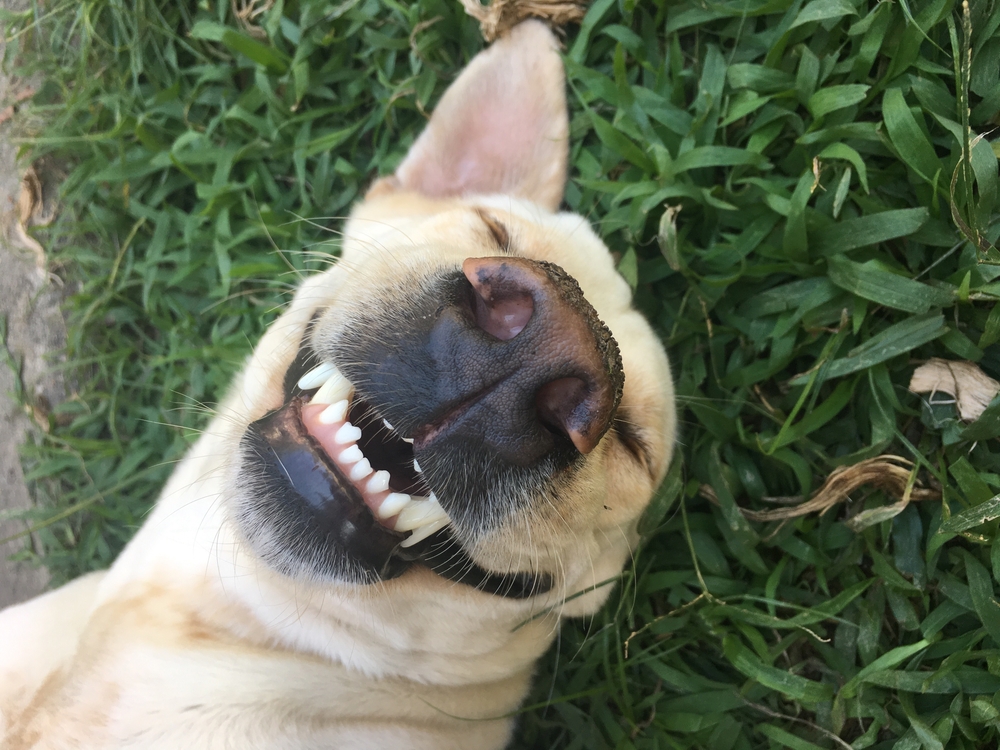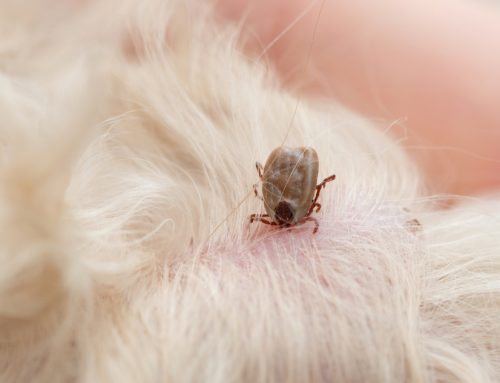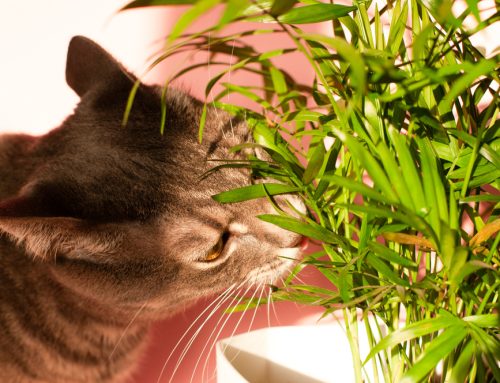While your pet’s smile may not be pearly-white, their breath should not knock you over when they lean in for a kiss. Keeping your furry pal’s dental health in tip-top shape has untold benefits for both of you, and it is something that shouldn’t be ignored. Tackle tough tartar and sticky plaque with the following tips to help brighten your pet’s smile.
#1: Ignoring your pet’s oral health can damage their overall health
Did you know that most pets have dental disease by the time they are 3 years old? A whopping 85% of cats and dogs have at least gingivitis, tartar accumulation, and excessive oral bacteria in just a few short years of life. And, many pets, especially small breeds and flat-faced pets, develop dental disease as early as 6 months. As oral bacteria accumulate, they create inflammation and infection in the mouth, and can slip into the bloodstream through inflamed tissues. Then, they can travel throughout the body, causing systemic disease, or attacking the heart, liver, and kidneys. By staying on top of your pet’s oral health care, you can protect the rest of their body.
#2: Learn how to identify dental disease in your pet
Once you learn the signs of dental disease, you can spot it in its earliest stages to minimize pain and infection for your pet. However, keep in mind that 60% of the tooth structure lies below the gumline, so you may not always notice changes in your pet’s mouth. Signs to look for include:
- Red, inflamed, swollen, receding, or bleeding gums
- Brown, yellow, or gray tartar accumulation
- Chipped, worn, loose, or missing teeth
- Bad breath
Behavior changes also can clue you in to dental disease. See if your pet demonstrates the following signs of oral health issues:
- Refusal to chew on toys
- Reluctance to eat dry food or crunchy treats
- Chewing on one side of the mouth
- Dropping food while eating
- Inactivity
- Head shy
#3: Teach your pet to love the toothbrush
A toothbrush isn’t scary, but your pet might not know that. The single best thing you can do for your pet’s oral health at home is to brush their teeth daily, so teach them about the delights of a toothbrush. Purchase a pet-friendly toothbrush and toothpaste that is fluoride-free, then squirt a dollop of paste onto the brush. Pet toothpaste comes in tasty flavors like poultry, beef, or vanilla mint, so it acts as a treat. Move slowly when introducing the toothbrush to your pet, and give them plenty of breaks to swallow their toothpaste treat. With time and patience, your four-legged friend will come running when they hear it’s time to brush their teeth.
#4: Swap out harmful chew toys with appropriate options
If your canine companion is a power chewer, you may be tempted to throw them a bone—literally—in an attempt to slow their destructive habits. However, giving your pet items that are too hard, like bones, hooves, antlers, and some plastic toys, can lead to damaged teeth. Sticks and tennis balls are no better, because sticks can pierce your pet’s mouth, and tennis ball felt is highly abrasive. Instead, fill a rubber Kong with peanut butter, yogurt, or your pet’s favorite canned food, toss it in the freezer overnight, and let your furry pal safely gnaw on their frozen treat the next day.
#5: Double up on at-home dental care for your pet
Although daily toothbrushing is the best way to care for your pet’s teeth at home, we understand it can be a struggle. To help improve your pet’s oral health without engaging in a toothbrushing battle, use dental care products approved by the Veterinary Oral Health Council (VOHC). Chews, treats, diets, food and water additives, and dental wipes and rinses can slow the accumulation of plaque and tartar if they bear the VOHC’s seal of acceptance. Use these products regularly, in addition to your toothbrushing attempts, to help preserve your pet’s oral health.
#6: Understand how essential professional dental cleanings are for your pet’s oral health

Not only is regular at-home dental care important for your pet, so are professional dental cleanings. Toothbrushing and VOHC-approved products can help reduce plaque and tartar above the gumline, but veterinary dental care is needed to address issues below the gumline.
During a professional dental cleaning, your pet will undergo a series of dental X-rays to obtain a complete picture of their oral structures. X-rays allow us to find diseased tooth roots, tooth fractures, bone loss, and other abnormalities that can cause pain and infection. Once we know how much disease is present, we can address those areas, then clean the remaining teeth. After plaque and tartar are removed, we polish the teeth smooth and provide an enamel-strengthening fluoride treatment.
Without regular professional dental cleanings, a great deal of oral disease could go undiagnosed and untreated, which could lead to your pet suffering organ damage. Keeping your pet’s teeth clean and removing diseased teeth can help ensure your furry pal remains pain- and infection-free. Give our Hearthstone Veterinary Hospital team a call to schedule your pet’s oral exam and dental cleaning.







Leave A Comment